|



|
CANNABIS & INDUSTRIAL HEMP
As America searches for sustainable solutions, industrial hemp provides
answers.
|
|
|
FROM SITE SELECTION
MAGAZINE, MAY 2023 ISSUE
|
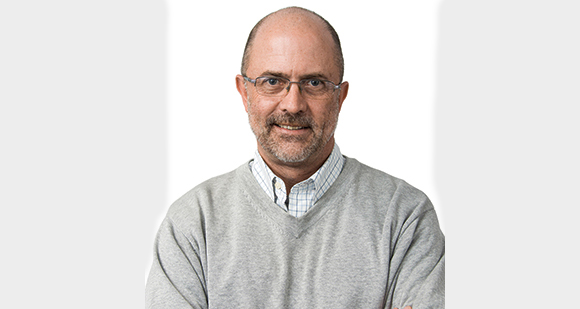
|
EDITOR’S VIEW
Recalling the first time he wrote about AI … 35 years ago … Mark Arend
considers the potential of the technology in the practice of corporate
real estate.
|
|
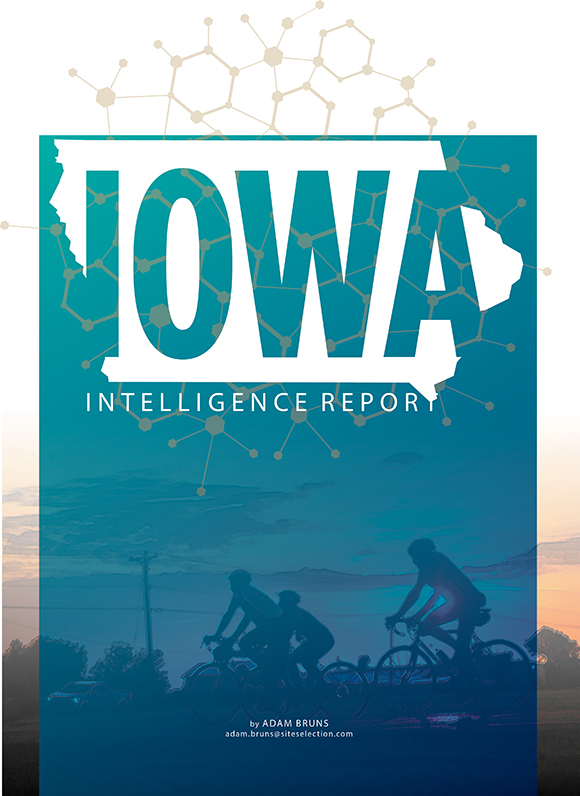
|
IOWA INTELLIGENCE REPORT
With commentary from Iowa Economic Development Authority Director Debi
Durham, this report features economic development snapshots from each of
the eight communities set to host 20,000 riders in this year’s RAGBRAI —
the 500-mile bike ride across Iowa that is the oldest, largest and
longest recreational multi-day bike ride in the world.
|
|
 
|
|
Not everyone celebrates Economic Development Week the same way.
Incentives critic John Mozena, the president of the Center for Economic
Accountability who delivered
this critique in this space last year and recently labeled
Georgia’s Rivian deal the worst of 2022, decided this year to analyze
job creation figures from every state’s chief commerce department or
economic development agency. His conclusion? “American taxpayers spent
enough on economic development agencies’ job creation programs to fund
almost a dozen state budgets,” he wrote last
week, “and we got, at best, one mid-sized city’s worth of jobs,
spread thinly across the entire country.”
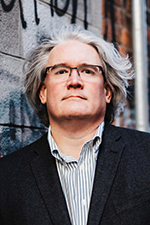 “I’ve called data centers one of the
‘three dumb things’ that states should just stop subsidizing
entirely, along with stadiums and distribution centers.”
“I’ve called data centers one of the
‘three dumb things’ that states should just stop subsidizing
entirely, along with stadiums and distribution centers.”
— John Mozena, President, Center for Economic
Accountability
A lengthy methodology note, however, introduces a wrinkle. The question
Mozena posed to the agencies was this: “How many jobs were directly or
indirectly created (or ‘created or retained’ if that’s the metric you
use) thanks to your agency’s programs in the most recent full fiscal
year for which you have those figures?” Responses therefore would not
account for the significant number of jobs created in a given
jurisdiction that neither asked for nor received any programmatic
subsidies or assistance. While we don’t always have a precise jobs
figure to attach to every project in the Conway Projects Database, Site
Selection counts all jobs created — program-assisted or not — based on
the logic that an area’s sum total of tangible and intangible factors
motivates a company to invest, and the area deserves credit for any and
all jobs created.
This is not to say the CEA’s analysis is unworthy or a voice in the
wilderness. There is plenty of fresh cold water being poured on rosy
economic development reports. Good Jobs First can always be counted on
for killjoy analysis, the most recent of which assailed $1 billion in data center subsidies awarded
to Amazon, which the organization says has now collected $6.1
billion in subsidies in the U.S. overall. For its part, Amazon in April touted how much renewable energy its
massive data centers in Oregon are using.
Among the data resources GJF offers are its thorough Subsidy Tracker (with 698,000 award entries) and
its COVID
Stimulus Watch database, which “assembles CARES Act and ARPA
recipient data and combines it with information about each firm’s
history of regulatory violations, previous government assistance,
federal tax avoidance, and CEO and worker pay practices.” — Adam
Bruns
|
|
Ireland
Analog Devices Inc., based in Wilmington, Massachusetts, earlier this
month announced this 600-job investment that will triple wafer
production capacity at its European regional HQ in Limerick. The project
is part of Ireland’s first Important Projects of Common European
Interest on Microelectronics and Communication Technologies (IPCEI
ME/CT) application to the European Commission. ADI currently employs
1,500 in Ireland and 3,100 across Europe as a whole. “Today’s
announcement comes a year after ADI announced a separate investment of
€100 million in ADI Catalyst, its 100,000-sq.-ft. custom-built facility
for innovation and collaboration at its Limerick campus,” the company
stated. “Ireland is also home to ADI’s main European Research and
Development Center, which has generated more than 1,000 patents since
its inception and has seeded ADI R&D sites throughout Europe in Spain,
Italy, UK, Romania and Germany.” The new facility will support ADI’s
development of next-generation signal processing innovations designed to
accelerate the digital transformation of industrial, automotive,
healthcare and other sectors. “Since 1976, Ireland has been a critical
innovation center for ADI, thanks to its strong academic and research
organizations, business ecosystem and progressive government
leadership,” said ADI CEO and Chair Vincent Roche.
Japan
As reported by Nikkei and corroborated by Reuters, Samsung is looking to
site a new chip development facility in Yokohama, southwest of Tokyo,
that will be separate from the Samsung R&D Institute Japan the company
already operates there. Around $110 million in subsidies are thought to
be in the works from Japan. The Nikkei report refers to the project as a
“symbolic” move to showcase Korea-Japan collaboration. Samsung
established its R&D Institute in the city in 1997, five years after
starting up a small R&D office in Tokyo. The company has operated an
office in Osaka since 2002.
|
|
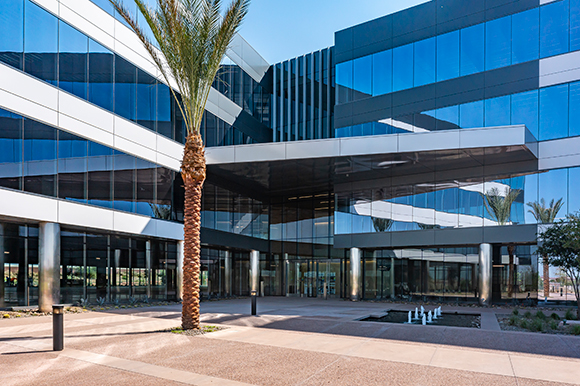
|
In a city where business is expanding at lightning speed, Union offers a
Class AA employment centerpiece designed to attract and retain Fortune
500-level companies looking to plant a flag in the Phoenix-Mesa metro.
One 238,384 SF Union building is complete. At buildout, the
award-winning plan will total four buildings and 1.35 million square
feet, with amenities that mean the most to the upper echelon of
corporate users:
- Transit-oriented at Loops 101 and 202, minutes from ASU and Sky
Harbor Airport.
- Sleek design with modern lobbies, large floorplates, outdoor
balconies and sweeping views.
- Spectacular sense of place with indoor/outdoor spaces linked to the
waterfront Rio Salado Pathway.
- Surrounded by 1.2 million square feet of retail, hotels, parks,
Riverview Lake, and Chicago Cubs’ spring training facility.
- Future buildings ranging from four to eight stories, and 232,000 to
450,000 square feet.
LEARN MORE: https://www.selectmesa.com/available-properties/office-space
|
|
|
MASSACHUSETTS ECONOMIC
DEVELOPMENT GUIDE 2023-24
|

|
CASE STUDY: DEVENS
MassDevelopment leads the revitalization of Devens.
|
|

|
INCENTIVES
Team Massachusetts can help.
|
|
|
SITE SELECTION
RECOMMENDS
|
|
Those seeking true insight into Chinese business, culture
and talent issues would do well to follow the work of Cindy Yu, assistant editor of The
Spectator and presenter of the Chinese Whispers podcast. Here she reports for Foreign Policy
on a dilemma quite similar to what’s unfolding in the U.S.:
Graduates of Chinese universities “asking where all the good
jobs went” and rethinking the value of their university
degrees.
|
|
|
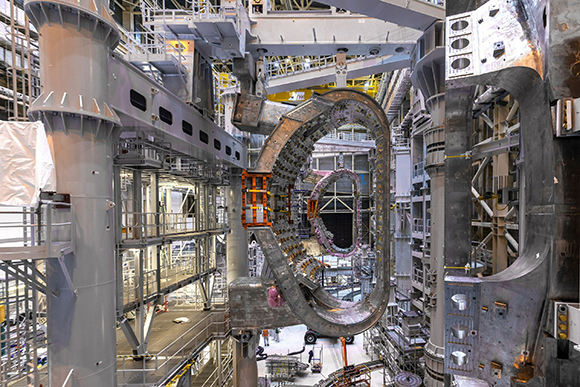
|
Photo courtesy of ITER Organization
|
|
Dallas-based engineering and infrastructure giant Jacobs last month
announced it was selected to design and engineer remotely operated tools
for ITER, the world’s largest fusion power project, where an
experimental machine (pictured) seemingly lifted straight out of the
film “Contact” is currently being constructed in Provence, France. As
Jacobs describes it, “ITER, which is supported by more than 30 nations,
aims to create the conditions for a self-sustaining fusion reaction,
which is a crucial steppingstone toward developing fusion power stations
and creating a new source of emission-free, almost unlimited energy for
the world.”
|
| |

